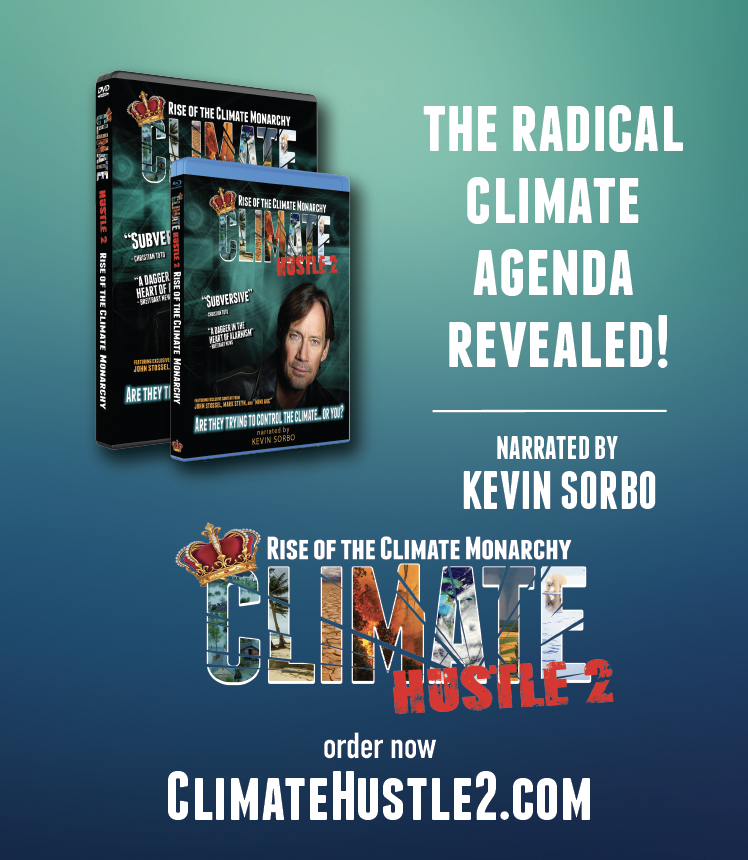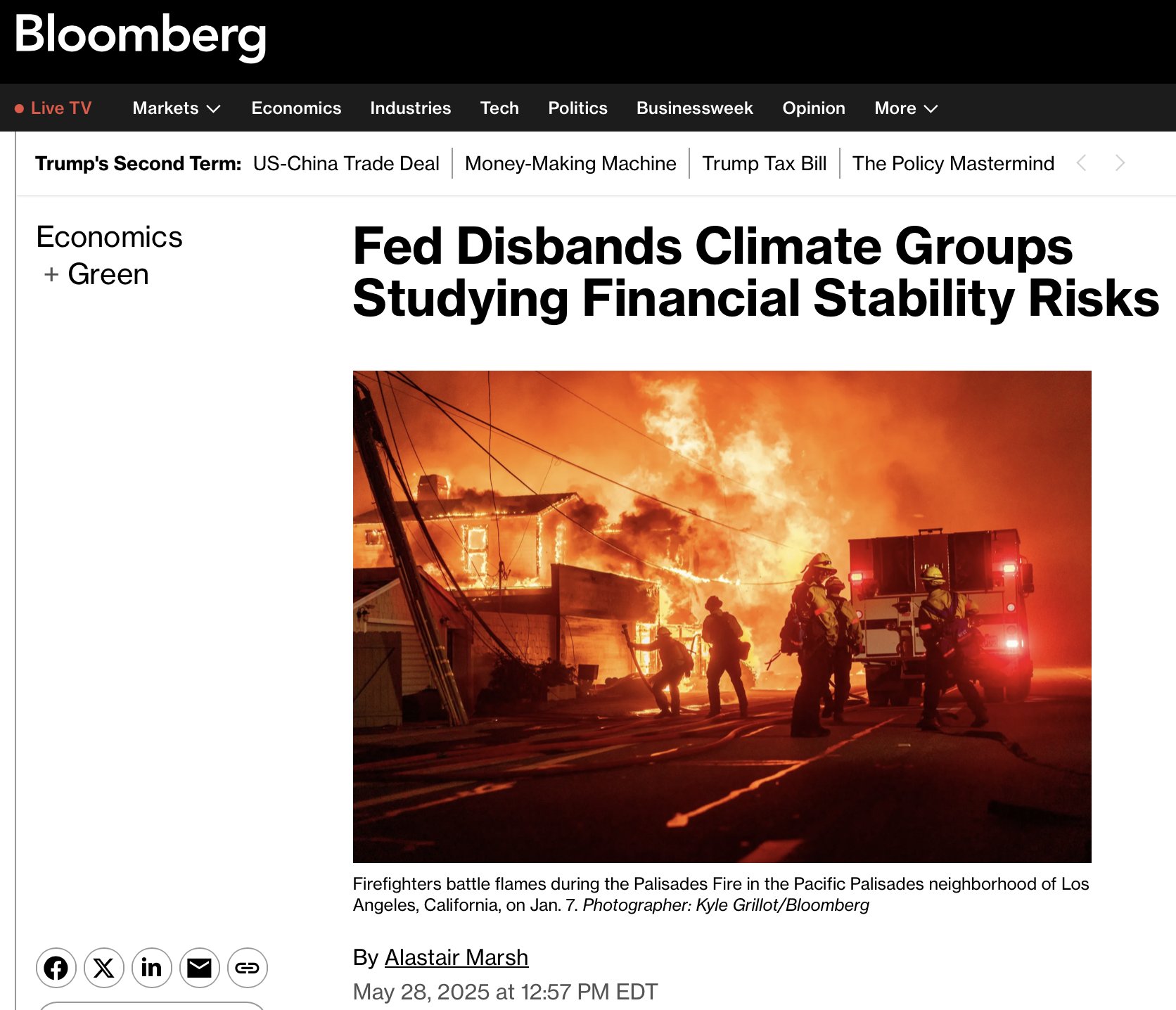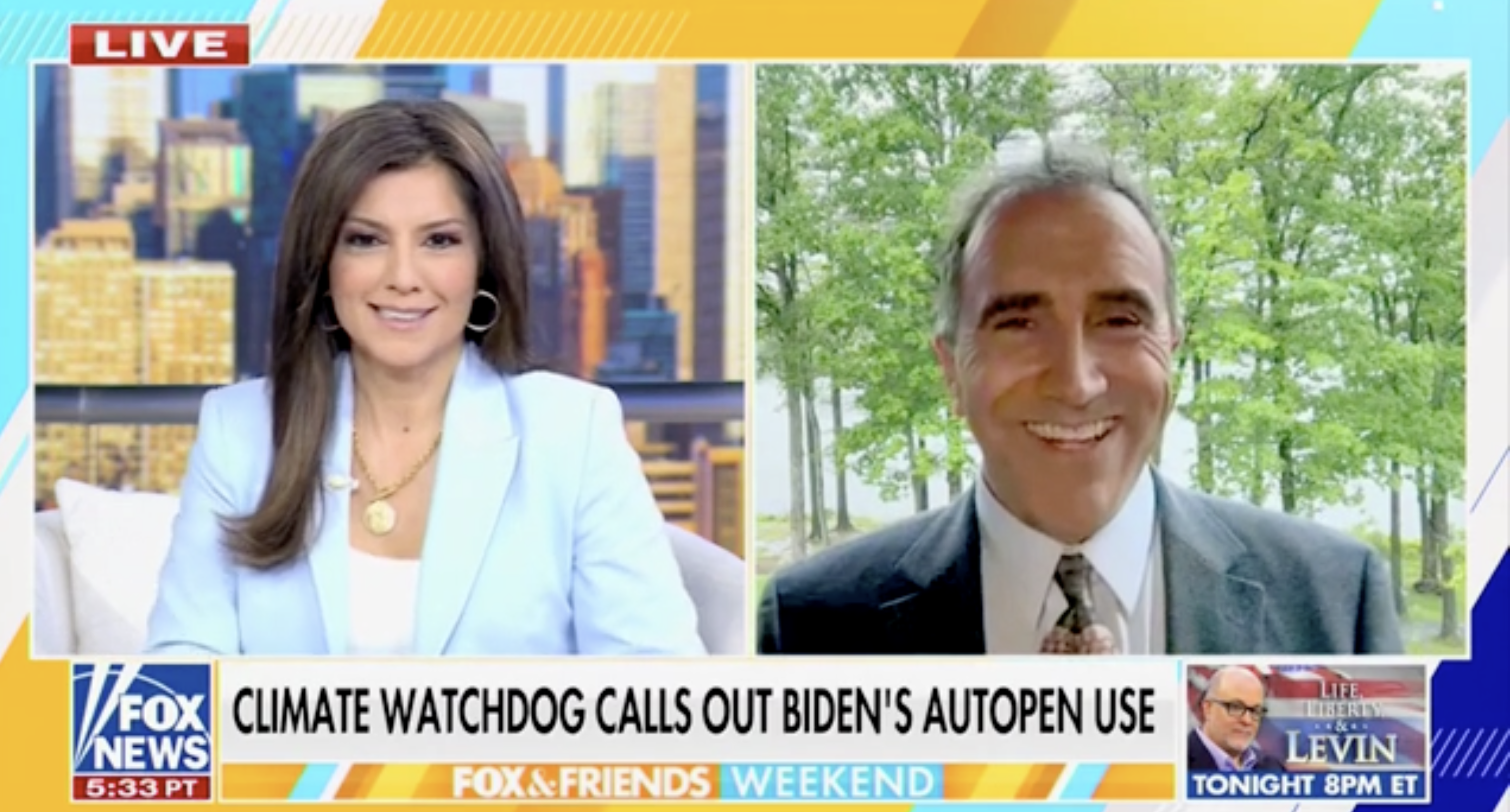https://elizabethnickson.substack.com/p/just-how-much-land-has-been-saved-a06
Just How Much Land Has Been Saved Anyway? – A lot a lot: Enough for Ten Earths, Twenty, More
By Elizabeth Nickson
Excerpt:
Absurdistan is running a 3-part series this long weekend (in the Commonwealth) connection how ‘saving’ land means that land once available to the citizens of the country, is transferred to the banks and funds of the elites. The activists on the ground may be sincere, but their funders and lawyers are not.
For the sake of prosperity and the future, land and resources must be owned by the citizens of the nation, not traded as tokens on a block chain or bought by other sovereign countries. Since globalization kicked off, the opposite is true. Everywhere individual property rights have been weakened and in a weakened state turned over to banks, hedge funds, NGOs and ‘family offices’.
The result has been the systematic impoverishment of the lower 75% and a sharp diminution of opportunity.
More than 10 percent of the developing world’s landmass has been placed under strict conservation—11.75 million square miles, more than the entire continent of Africa.
Everyone conserves in the developing world, setting aside trillions of dollars in natural resources. In 2010, Goldman Sachs announced that 735,000 acres had been placed under conservation in Tierra del Fuego, the economy of which is based on its land: oil, gas, sheep farming, and ecotourism. You can be sure that these 735,000 acres were some of the most valuable acres in Tierra del Fuego and those resources banned from use by citizens.
In point of fact, all set-aside lands in the developing world hold valuable natural resources that could be used to create a landed peasantry, thereby moving natives out of a millennium of structural poverty, or to build hospitals, schools, and a cheap energy system for all the citizens of that developing nation. Hernado de Soto points to solutions in South America. As land there stands now, without reform, peasantry for the next millennium.
Little wonder that country people see themselves as the new persecuted class. We haven’t even begun to count the tens of millions of crushed and broken rural Americans cleared from the country, the resources shut away by the beneficent rich, the opportunities lost, the lives choked, the children who could not be sent to college, or the unfunded retirements.
The subversion of one of the founding principles of the American republic—private property—demonstrates just how productive that principle was, creating prosperity for hundreds of millions. Today’s proliferating restrictions are creating disaster for tens of millions.
Environmental overregulation is what, in part, motivated MAGA. In the United States alone, hundreds of millions of acres—more than 30 percent of the nation’s land area—have been set aside in formally restricted zones, whether wilderness, forest reserve, or privately conserved land. According to Conservation Almanac, a website of the Trust for Public Land, as of 2005, 20 percent of the United States, or 473,653,970 million acres, had been placed under no-use or limited-use restrictions. As of 2010, the count is up to 700 million acres, one-third of the U.S. land base of 2.3 billion acres. In Canada conserved or severely restricted lands are much more than 30 percent.
Most of Canada’s land is owned by its government; in British Columbia, only 6 percent of the land is privately held, and only 1.9 percent of that is available for development.
In fact, little more than 3 percent of the landmass of Canada has been developed, yet in late 2010, the country placed 150 million acres of boreal forest, an area twice the size of Germany, under strict conservation, except for those multinational forestry companies who have made deals with the American foundations and multinational ENGOs that now oversee those lands. Ownership, for all intents and purposes, has been transferred out of Canadian hands.
#
Related:
Nature Rights: A Lake in Florida Sues to Stop Development on its Shores



